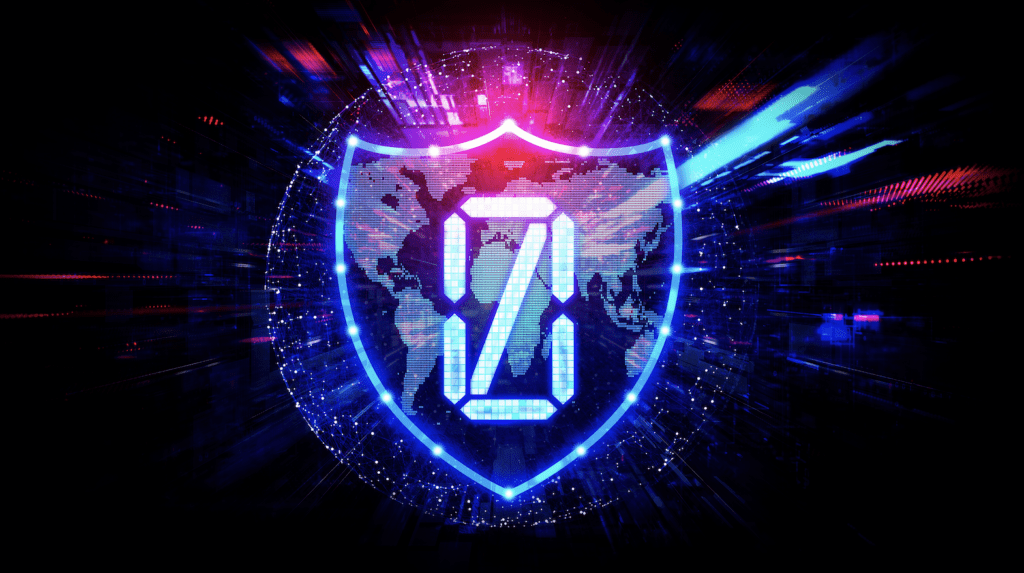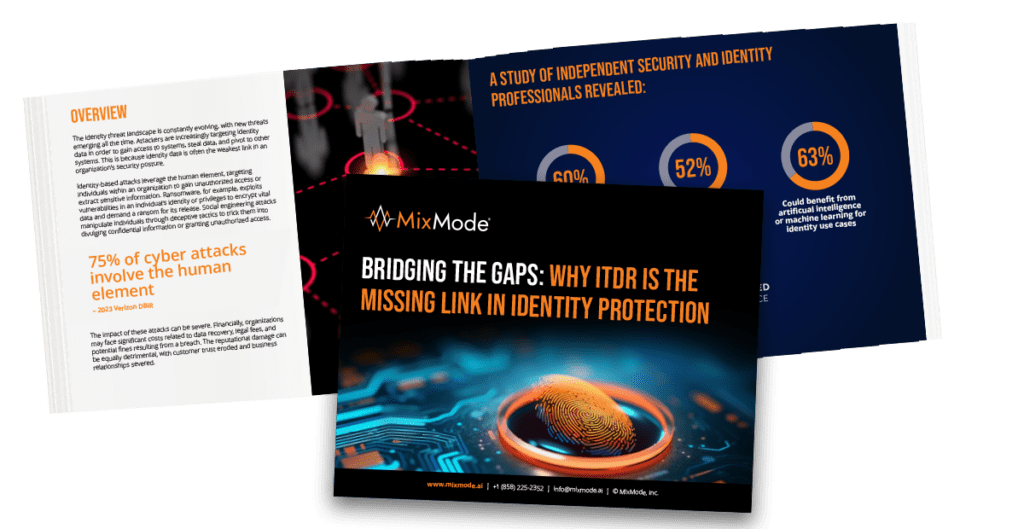An emerging focus for security teams in both the public and private sectors is the “Journey to Zero Trust.” Zero Trust is a rigorous philosophy and framework designed to combat cyber threats of all kinds, focusing on continuous verification and strict access controls.
The National Institute of Standards and Technology (NIST) and the Cybersecurity and Infrastructure Security Agency (CISA) have both published guidance on implementing Zero Trust architectures, but there are some differences in their approaches:
- NIST’s model is more comprehensive and principle-based. It outlines seven key principles for zero trust: all data sources and computing services are considered resources, all communication is secured regardless of network location, access to individual enterprise resources is granted on a per-session basis, access to resources is determined by dynamic policy, the enterprise collects as much information as possible about the current state of assets, networks, and communications, policies are calculated based on the enterprise’s security and risk posture, and all resource authentication and authorization are dynamic and strictly enforced before access is allowed.
- CISA’s model is more implementation-focused. It outlines five pillars for agencies to adopt zero trust: identity, device, network, application workload, and data. CISA provides specific recommendations under each pillar.
- NIST emphasizes a cultural/philosophical shift toward zero-trust thinking across an organization. CISA focuses on actionable steps and tactics agencies can take to implement zero trust.
CISA offers more tactical advice tailored to government agencies and has defined the five pillars of a Zero Trust Maturity Model (ZTMM) as follows:
- Identity: Manage and verify identities of users, devices, and services
- Devices: Secure and monitor devices accessing data and services
- Network: Segment and encrypt network traffic and data flows
- Data: Protect and govern data at rest and in transit
- Applications and Workloads: Secure and monitor applications and workloads
CISA’s ZTMM is designed to guide Federal agencies on their multi-year journey to modernizing their infrastructure away from the historical implicit trust foundation. With 96% of organizations indicating securing Identities is a Top 10 priority, addressing this first pillar of the ZTMM is a critical initiative for many enterprises. Companies must hone in on risk signals associated with users’ geolocation, IP address, devices or other data.

Utilizing Identity Data to Strengthen Critical Defenses
User identity data is a fundamental piece of safeguarding sensitive information, critical systems, and digital assets. Understanding and monitoring how users interact with technology, their access patterns, authentication habits, and overall digital behavior is essential for proactive threat detection and mitigation. With the rise of interconnected devices, cloud computing, and the increasing sophistication of cyberattacks, establishing a robust user identity behavior framework is not just a best practice; it’s a vital necessity. By analyzing and responding to user identity behavior, organizations can fortify their defenses, prevent unauthorized access, detect anomalies, and ultimately create a more resilient cybersecurity ecosystem.
In pursuit of a Zero Trust framework, entities must correlate user identity data – behavioral, access, and log data – to proactively identify threats targeting credentials, privileges, cloud entitlements, and the systems that manage them. Within this paradigm, the real-time analysis of user identity data, including OKTA and Active Directory (AD) logs, is a critical component of detecting and mitigating identity-based threats before they inflict substantial damage. By automating identity risk assessments within these often-overlooked data sets, enterprises assure no visibility gaps exist. Expanding visibility to identity logs, both within their context as a subset of expected user behavior, as well as analyzing IAM data in the context of the network as a whole, eliminates high-risk blindspots.
Key Benefits to Utilizing Identity Date for Cybersecurity include:
Real-time Visibility and Threat Detection
User identity data provides valuable insights into user activities and behavior within an organization’s network. By continuously monitoring and analyzing this activity, security teams gain real-time visibility into user access patterns. Any unusual or suspicious activities can be promptly alerted and investigated, enabling early detection of potential cyber threats.
Spotting Insider Threats
While external threats are a common concern, insider threats can be just as dangerous, if not more so. User identity data can help detect any unusual behavior exhibited by employees or privileged users. This includes attempts to access unauthorized resources, abnormal login times, or excessive file downloads, which may indicate malicious intent. By identifying insider threats early on, organizations can prevent data breaches and limit the damage they can cause.
Enhanced Access Controls and Least Privilege Principle
The Zero Trust framework emphasizes the principle of least privilege, which grants users only the minimum level of access required to perform their tasks. By analyzing identity-based behaviors at the user level, organizations can ensure that access privileges are appropriately assigned and actively maintained. Any deviations from the least privilege principle can be flagged and addressed, minimizing the risk of unauthorized access and potential security breaches.
Thwarting Credential Attacks
Credential-based attacks, such as phishing and brute force attacks, remain prevalent. Analyzing user identity logs helps organizations detect login attempts from unusual locations or devices, repeated login failures, and other suspicious activities that could indicate credential compromise attempts. By identifying these threats early, organizations can take prompt action to secure compromised accounts and prevent further damage.
Continuous Compliance Monitoring
In the ever-changing landscape of cybersecurity regulations and industry standards, maintaining compliance is crucial for enterprises. By analyzing user identity logs, organizations can ensure that access controls align with compliance requirements and promptly address any discrepancies. This proactive approach reduces the risk of non-compliance fines and other legal consequences.
Incident Response and Threat Hunting
User identity logs serve as a valuable resource during incident response and threat hunting efforts. In the unfortunate event of a security breach, security teams can quickly trace the attacker’s activities, identify affected systems, and determine the extent of the damage. This valuable information accelerates the incident response process, minimizing the impact of the breach and preventing its escalation.

HOW MIXMODE CAN HELP
MixMode complements Zero Trust efforts: While a Zero Trust architecture can significantly enhance security, it requires a comprehensive understanding of your network’s intricacies. The MixMode Platform complements your Zero Trust design by providing real-time visibility and continuous monitoring of all network and cloud data including identity behavior data, ensuring that your security measures are effective in detecting novel and AI-generated threats.
The Missing Piece: Real-time Monitoring & Detection of Identity Data
Analyzing user identity logs, such as those provided by OKTA and Active Directory, can be a critical piece of a Zero Trust framework’s effectiveness. With the help of a scalable advanced AI,
organizations can accomplish real-time user identity log analysis to detect and neutralize threats before substantial damage is done.
MixMode for Identity Threat Detection
Most organizations use identity and access management solutions like OKTA to address their operational needs. However, from a security perspective, 75% of organizations who forward identity log sources to their SIEM do not use them for any detection use cases. This leaves an organization vulnerable to identity-based threats.

MixMode Identity Threat Detection for OKTA continuously monitors your OKTA environment and correlates behavioral, access, and log data to detect attacks and lateral movement in real-time proactively. Attackers operating with privileged accounts will look like authorized insiders, but their behavior will likely be different. MixMode allows you to monitor and analyze privileged user and account behavior to automate the identification of behavioral anomalies that indicate in-process attacks.
The MixMode Platform goes beyond defending the perimeter by providing comprehensive visibility and behavioral analytics across network traffic, API logs, private cloud, and identity data to break down silos and stay one step ahead of evolving threats. The MixMode Platform is the only autonomous AI cybersecurity solution built on patented technology purpose-built to detect and respond to threats in real-time, at scale.
Now in BETA, be a part of the first users to try out MixMode’s Identity Threat Detection for OKTA offering and experience the power of The MixMode Platform first-hand. Learn more HERE.
For more information on CISA’s Zero Trust Maturity Model 2.0, read the full report HERE.
Other MixMode Articles You Might Like
Advanced Behavioral Detection Analytics: Enhancing Threat Detection with AI
The Importance of Real-Time Threat Detection at Scale: Unveiling the Hidden Attack Surface


